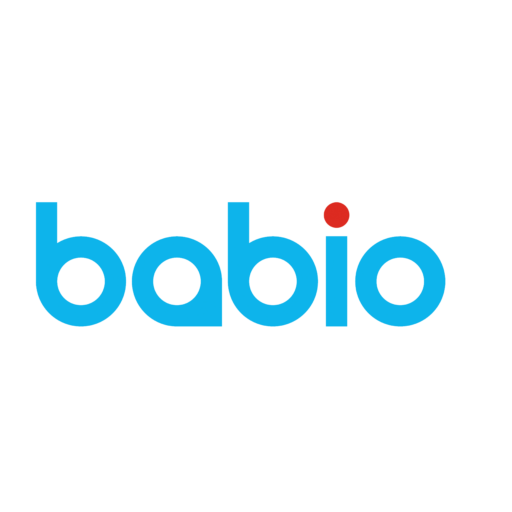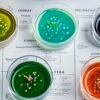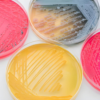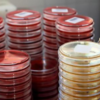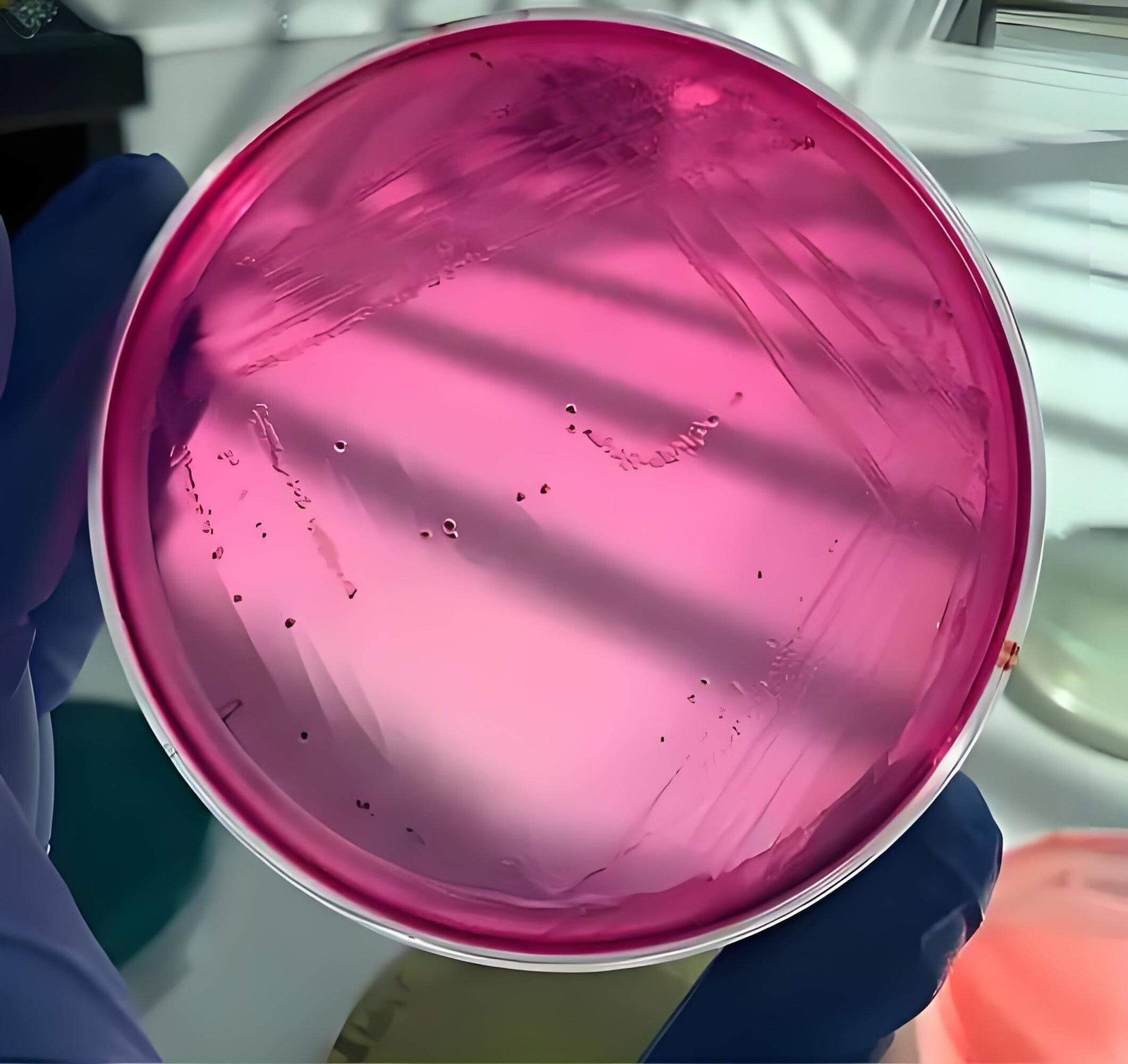
The accuracy and efficiency of microbial detection are crucial in food safety, water quality, and healthcare diagnostics. As technology advances, microbiology laboratories are increasingly shifting from conventional media to chromogenic media for faster, more reliable results. This article explores the differences between conventional and chromogenic media, focusing on how Babio’s chromogenic media enhance pathogen detection and streamline laboratory workflows.
Table of Contents
- Introduction to Conventional and Chromogenic Media
- What Is Conventional Media?
- What Is Chromogenic Media?
- Key Differences Between Conventional and Chromogenic Media
- Advantages of Using Chromogenic Media Over Conventional Media
- Limitations of Chromogenic Media
- Applications of Babio Chromogenic Media
- Conclusion
1. Introduction to Conventional and Chromogenic Media
Microbiological culture media are essential for cultivating, isolating, and identifying microorganisms. Historically, conventional media have been the backbone of microbial diagnostics, relying on growth patterns, colony morphology, and biochemical testing for pathogen identification. In recent years, chromogenic media have gained popularity for their ability to identify pathogens through distinctive color reactions. Babio’s chromogenic media are designed to enhance pathogen detection by incorporating color-based differentiation, allowing faster and more precise results.
2. What Is Conventional Media?
Conventional media are traditional growth media that support the growth of a broad range of microorganisms. They typically lack indicators for specific pathogens, relying instead on colony morphology, growth patterns, and biochemical tests for identification. Conventional media are categorized into several types based on their purpose:
- General Purpose Media: Support the growth of a wide variety of microorganisms without distinguishing specific pathogens. Examples include nutrient agar and tryptic soy agar.
- Selective Media: Contain agents (e.g., antibiotics) that inhibit the growth of certain organisms, allowing only specific types to grow. This aids in isolating a target group of microorganisms.
- Differential Media: Include ingredients, such as pH indicators, that reveal certain metabolic activities. This can help differentiate organisms based on biochemical properties.
While effective, conventional media often require additional biochemical or serological tests to confirm pathogen identity, leading to longer turnaround times and increased labor.
3. What Is Chromogenic Media?
Chromogenic media, like those developed by Babio, are advanced culture media designed to differentiate pathogens based on color changes. These media contain chromogenic substrates—colorless compounds that release a distinct color when broken down by specific enzymes produced by target pathogens. Chromogenic media are typically both selective and differential, supporting the growth of specific pathogens while suppressing non-target organisms.
The defining feature of chromogenic media is the incorporation of chromogens, which produce visible color reactions unique to each pathogen. For example, Babio’s chromogenic media can produce blue, mauve, or pink colonies depending on the enzyme-substrate reaction specific to each microorganism.
4. Key Differences Between Conventional and Chromogenic Media
Identification Mechanism
- Conventional Media: Rely on colony morphology and biochemical tests for identification. Visual cues alone are often insufficient, necessitating further testing.
- Chromogenic Media: Use enzyme-substrate reactions to produce specific colors for target pathogens, allowing for immediate visual differentiation.
Selectivity and Specificity
- Conventional Media: Selective media suppress certain organisms but often lack the specificity for differentiating pathogens within a group.
- Chromogenic Media: Combine selective agents and chromogenic substrates, targeting specific pathogens and yielding color-coded results for easy identification.
Time to Result
- Conventional Media: Require extended incubation and additional confirmatory tests, leading to longer turnaround times (often 2–3 days or more).
- Chromogenic Media: Provide faster results as the color change occurs directly on the media, reducing or eliminating the need for confirmatory tests and often providing results within 24 hours.
Ease of Interpretation
- Conventional Media: Require skilled technicians to interpret subtle morphological characteristics and perform follow-up testing, making it labor-intensive.
- Chromogenic Media: Offer distinct color differences that even minimally trained personnel can interpret, reducing training requirements and enhancing accessibility.
Cost Implications
- Conventional Media: Lower upfront costs but may require additional reagents, tests, and labor, increasing overall costs in high-volume settings.
- Chromogenic Media: Higher initial cost per plate but reduce costs in labor and confirmatory tests, especially beneficial in high-throughput environments.
5. Advantages of Using Chromogenic Media Over Conventional Media
Babio’s chromogenic media provide several advantages over conventional media:
- Reduced Labor and Training Requirements: The clear color differentiation makes interpretation straightforward, reducing the need for skilled microbiologists.
- Faster Turnaround: By offering near-immediate visual identification, chromogenic media decrease the time required for pathogen detection.
- High Specificity and Sensitivity: The combination of selective and differential components allows Babio’s chromogenic media to provide highly accurate results with minimal interference from non-target organisms.
- Cost Efficiency: Despite the higher per-plate cost, chromogenic media save on additional tests and reduce labor costs, proving cost-effective in the long run.
6. Limitations of Chromogenic Media
While Babio’s chromogenic media offer many benefits, they also have certain limitations:
- Narrow Range: Chromogenic media are designed for specific pathogens. This targeted approach may not detect all strains within a species or other non-target organisms.
- Cross-Reactivity: In rare cases, non-target bacteria may produce similar enzymes, potentially causing ambiguous results. Babio minimizes this risk by optimizing selectivity in our formulations.
- Higher Initial Cost: Chromogenic media may have higher upfront costs, though the long-term savings on labor and testing often compensate for this.
7. Applications of Babio Chromogenic Media
Babio’s chromogenic media are designed for pathogen detection in diverse fields:
Food Safety Testing
- Salmonella and E. coli Detection: Babio’s chromogenic media enable quick detection of common foodborne pathogens, essential for monitoring contamination in meat, dairy, and produce.
Water Quality Testing
- Monitoring Indicator Organisms: Babio’s chromogenic media are effective in identifying coliforms and E. coli, helping ensure compliance with drinking water safety standards.
Clinical Diagnostics
- Hospital Pathogen Screening: Babio’s chromogenic media facilitate rapid identification of pathogens like Staphylococcus aureus, aiding infection control and reducing the risk of hospital-acquired infections.
Environmental Testing
- Surface Hygiene Monitoring: Chromogenic media are used to detect contamination on surfaces in food production and healthcare settings, maintaining hygiene and preventing cross-contamination.
8. Conclusion
Chromogenic media, such as those provided by Babio, represent a significant advancement over conventional media in the field of microbiology. By leveraging color-based identification, chromogenic media simplify pathogen detection, reduce the need for confirmatory tests, and provide faster, more accurate results. The unique combination of selectivity, specificity, and ease of interpretation makes Babio’s chromogenic media an essential tool for food safety, water testing, clinical diagnostics, and environmental monitoring. While conventional media have been effective for years, chromogenic media offer a modern solution that meets the demands of today’s fast-paced laboratories, where efficiency and accuracy are paramount.
Babio’s commitment to quality ensures that our chromogenic media provide reliable, accessible solutions for all your pathogen detection needs, helping you maintain the highest standards of safety and hygiene.

Recent Posts
- Breaking Down the Role of Culture Media in Pharmaceutical Research
- A Guide to Using Culture Media for Strict European Cosmetic Safety Compliance
- The Role of Culture Media in Ensuring Accurate Cosmetic Microbial Testing
- Transport Media and Their Role in Microbial Sample Transport
- How Culture Media Impact the Precision of Cosmetic Microbial Testing
